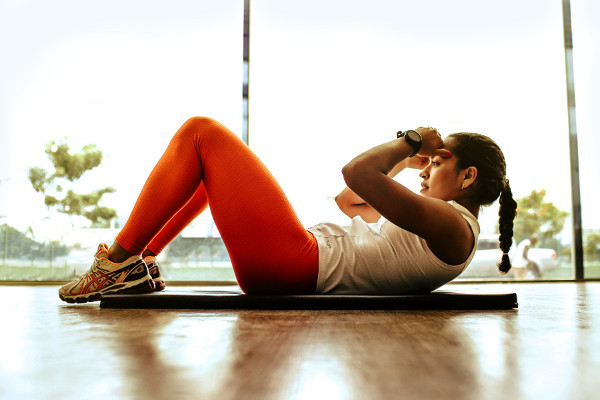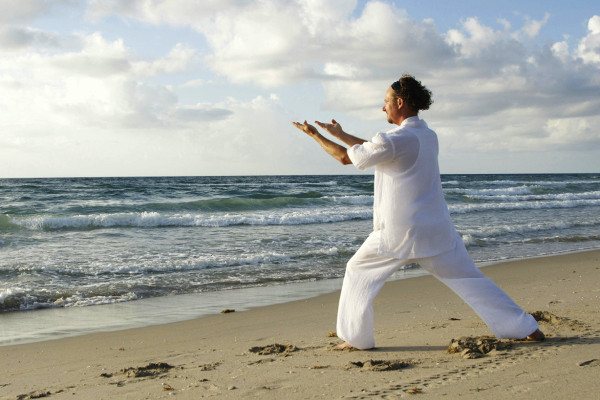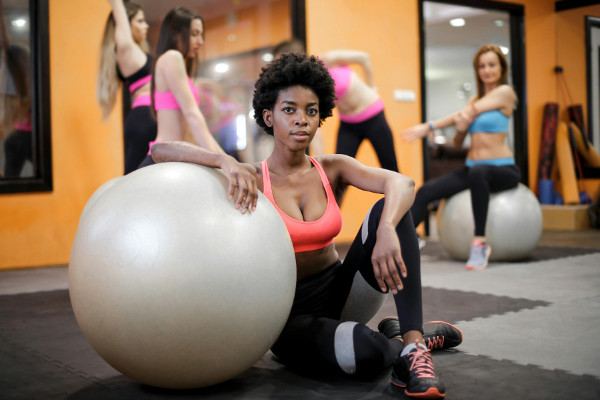How to Improve Your Health and Well-being Through Yoga: Tips, Benefits, and Answers
Yoga is a transformative practice that enhances both body and mind, offering countless benefits – from improving flexibility and strength to reducing stress. Whether you're a complete beginner or an experienced practitioner, understanding the ins and outs of yoga can help you deepen your practice and experience its full potential. In this guide, we’ll address some of the most common questions about yoga, including tips for getting started, the best types for different goals, and how yoga can positively impact mental health and weight management.
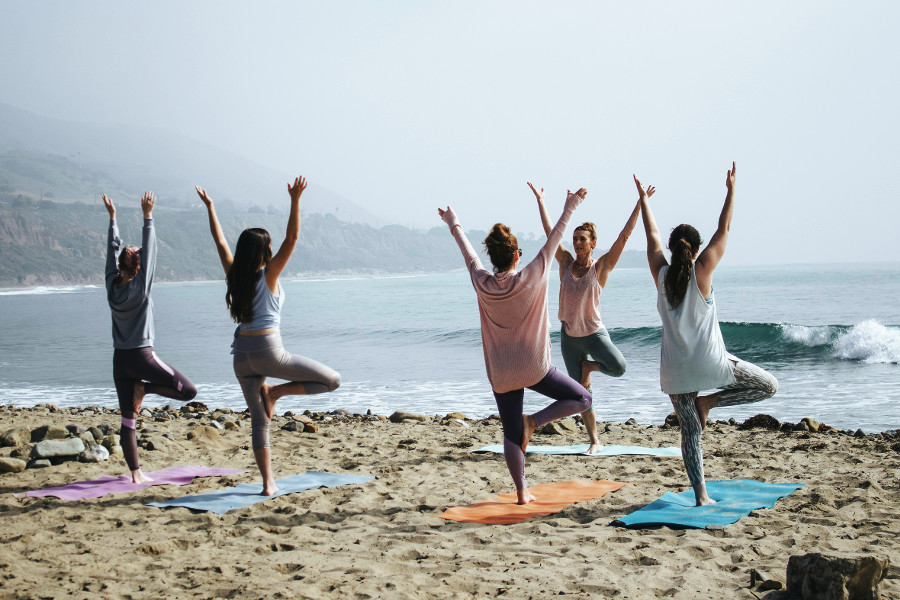
What are the benefits of yoga?
Yoga is one of those timeless practices that do wonders for both body and mind. It’s more than just stretching or posing; it’s about reconnecting with yourself. Physically, it builds strength, balance, and flexibility, while also improving circulation and boosting immunity. Mentally, yoga helps calm the chaotic noise of daily life, offering a deep sense of relaxation and mental clarity. It’s particularly effective for releasing stress and anxiety, leaving you feeling grounded and present. Yoga also encourages mindfulness, teaching you to tune in to your breath and body, which helps you gain control over your emotions and enhances your overall sense of well-being. It's a full-body reset – physically and mentally.
How often should I practice yoga?
Yoga is as personal as your own journey, so there’s no one-size-fits-all answer. But for most people, practicing 2-3 times a week is a great place to start. This gives you enough time to build flexibility, strength, and muscle memory while still leaving room for recovery. If you're feeling really into it and craving more, practicing daily will keep you feeling centered and energized. However, there’s no need to overdo it – listen to your body. Too much yoga can lead to burnout or injury, just like any form of exercise. Balance is key. It’s about consistency and quality over quantity, so find what works for you and make it a part of your lifestyle.
What are the different types of yoga?
Yoga isn’t just one thing – it’s an entire spectrum of practices, each with its own vibe. Hatha yoga, for example, is slow and steady, making it perfect for beginners. Vinyasa, on the other hand, flows from one pose to the next with your breath, creating a more dynamic, faster-paced experience. Ashtanga is a set series of poses performed in a specific order, often with intense physical focus. Bikram is yoga in a hot room, designed to make you sweat it all out. Iyengar yoga takes the precision of alignment to the next level, often using props like blocks and straps. There’s also Kundalini, which focuses on awakening energy through movement, breathwork, and chanting. The variety is vast, so you can always find something that suits your style.
Is yoga good for beginners?
Absolutely! Yoga is one of those practices that welcomes everyone, no matter where you’re starting from. In fact, many people start with little or no experience and are amazed at how quickly they feel the benefits. If you’re a beginner, it’s best to stick with gentler forms like Hatha or Yin yoga. These focus on basic poses and breathwork, allowing you to build strength and flexibility at your own pace. Many studios offer beginner classes, so you can get personalized guidance. The beauty of yoga is that it’s all about progress, not perfection. Everyone can practice – it’s not about what you do, but how you do it. Start slow, and you’ll notice improvements over time.
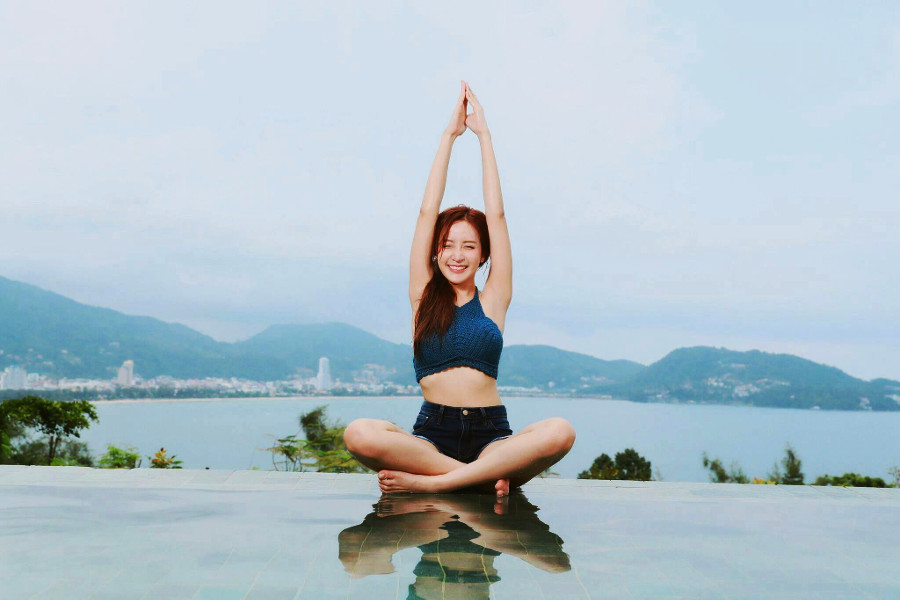
Can yoga help with weight loss?
While yoga might not burn calories as quickly as cardio exercises, it still plays an important role in weight loss. Yoga helps by promoting mindfulness, which leads to healthier eating habits and more balanced choices. Certain styles, like Vinyasa or Power Yoga, get your heart rate up, making them great for burning calories while strengthening your muscles. But beyond that, yoga helps you reduce stress, and when you’re less stressed, you’re less likely to turn to emotional eating. By improving your body’s flexibility and strength, yoga supports overall fitness, which complements a healthy diet. It’s not just about shedding pounds – it’s about cultivating a healthier, more mindful lifestyle that supports weight management.
What should I wear to yoga class?
When it comes to yoga attire, comfort is key. You want clothes that move with you and don’t restrict your flow. Stick with breathable, moisture-wicking fabrics like cotton or a cotton-spandex blend that can handle sweat while keeping you cool. Women often go for leggings or yoga pants paired with a tank top or sports bra. Men tend to wear athletic shorts or comfortable pants with a fitted T-shirt or tank. Avoid overly loose clothes, as they can get in the way during certain poses. The goal is to feel comfortable and unencumbered, so you can fully immerse yourself in the practice. And, of course, don’t forget your mat!
Do I need any special equipment for yoga?
The beauty of yoga is that you don’t need much gear to get started. All you really need is a yoga mat – this gives you stability and cushioning for your practice. Most studios provide mats, but if you’re practicing at home or want your own, there are plenty of options out there. Depending on the style of yoga you’re practicing, props like blocks, straps, or blankets can be helpful for deeper stretches and better alignment. But these are all optional, especially if you’re just starting out. Yoga is about your body, your breath, and your mind – those are the only tools you truly need to begin your practice. Everything else is just a bonus.
How long should a typical yoga session last?
A standard yoga session usually lasts between 60 to 90 minutes, which gives you enough time to get into the flow of your practice, hit all the key poses, and end with a relaxing cool-down. If you're new to yoga, you might want to start with shorter sessions, say around 30-45 minutes, to avoid feeling overwhelmed. More experienced practitioners might enjoy longer sessions, especially if they’re incorporating meditation or more advanced poses. However, the length of the session isn’t what matters most – it’s about the quality of your practice. You can get a lot out of even 30 minutes of mindful, focused yoga. It’s about making time for yourself and honoring your body’s needs.
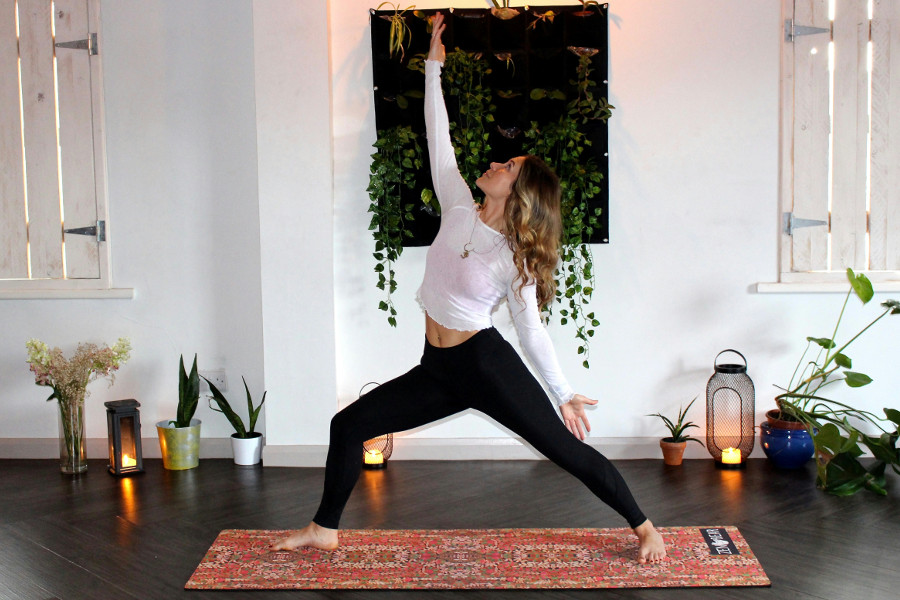
How does yoga improve mental health?
Yoga is like a mental reset button. By focusing on your breath and being present in the moment, yoga helps quiet the mind and reduce the constant mental chatter that leads to stress and anxiety. The slow, mindful movements in yoga promote relaxation and help activate the parasympathetic nervous system, which counters the body’s stress response. Regular practice has been shown to boost levels of serotonin, your body’s natural mood stabilizer, helping to alleviate feelings of depression. Yoga also encourages emotional awareness, teaching you to be more attuned to your thoughts and emotions, which gives you the power to manage them more effectively. It’s a tool to find peace and balance amid the chaos of life.
What is the difference between yoga and Pilates?
Yoga and Pilates share some similarities – they both focus on strengthening the body, improving flexibility, and calming the mind – but there are key differences. Yoga has a broader spiritual and philosophical foundation, with an emphasis on breathwork, meditation, and postures. It promotes the union of body, mind, and spirit. Pilates, developed by Joseph Pilates, is more focused on physical conditioning, particularly the core muscles. It involves controlled, precise movements designed to improve posture, balance, and strength. While yoga integrates flexibility and mental relaxation, Pilates is more about alignment and muscular endurance. Both complement each other beautifully, depending on what you’re looking to achieve in your fitness journey.
Can I practice yoga at home without a teacher?
Yes, you can definitely practice yoga at home without a teacher. In fact, many people start their yoga journeys at home using online videos or apps. These platforms often offer classes for all levels, guiding you through poses and sequences. The key is to start with beginner-friendly classes that emphasize the basics of alignment and breathing. As you become more comfortable, you can explore different styles and find what feels best for you. While practicing at home offers flexibility, don’t hesitate to attend classes occasionally to check your form and deepen your practice. Yoga is a personal journey, and at-home practice allows you to connect with it at your own pace.
How can yoga help reduce stress and anxiety?
Yoga is one of the best ways to combat stress and anxiety. It works by bringing you into the present moment, helping you release the mental clutter that can cause overwhelm. By focusing on your breath and engaging in mindful movement, yoga helps activate your body’s relaxation response, lowering stress hormones like cortisol. Poses like forward bends and hip openers release built-up tension in the body, which is often a physical manifestation of emotional stress. Regular yoga practice teaches you how to approach life’s challenges with a calm, centered mind. Over time, it can build emotional resilience, making it easier to handle stress and anxiety in daily life. It’s a natural antidote to the pressures of modern living.
Here are a few useful resources for further reading:
Enjoy your journey in the world of yoga.

